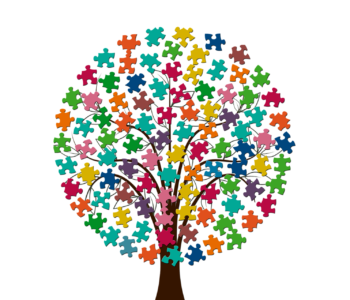 Uncategorized
Uncategorized
What’s missing in the conversation on wellbeing at work?
If there’s ever been a word that’s been used more than “COVID” in the last 24 months it’s “workplace wellbeing” or some adaptation of it. The pandemic has really made it clear that health and wellbeing are front of centre of our lives. From a personal health perspective, COVID has shown us that those with chronic illnesses like diabetes, hypertension and obesity have been impacted the worst clinically. In the corporate health perspective, companies big and small have woken up to just how important mental wellbeing is to the sustainability of their organisations. While personally, many people are seriously considering and taking action on how to prioritise wellbeing, one of the many reasons for what popular wisdom is naming “the great resignation”, organisationally many companies have embarked on initiatives and programs that are aimed at supporting their employees as people deal with the serious impacts that COVID and lockdowns have had. Grief, financial losses, relationships breaking down, job insecurity, working from home, balancing family and work, to name just a few.
This shift has been a long time coming. What was considered a nice to have, an HR function and something that was a ‘tick the box’, is now a priority. It speaks to corporate sustainability, productivity and resilience, and yet, what exactly is not hitting the spot, making sense or feeling uncomfortable in these conversations? This is a question that I have been chewing on for quite a few months. I have reflected on some of my thoughts here in this short post.
Getting clear on intention?
My first thought is the principle that is crucial to any action. WHY? What exactly is the intention of these work place wellbeing programs? While actions may be taken towards wellbeing, the essence, sincerity and real intent of the company needs to be visible and transparent. Is your intention to “tick the box” or as a company are you genuinely concerned about the wellbeing of your people? Do you wish to embark on this to improve productivity, or is the real health of your real humans important to you? Is this the short game or are you prepared to invest in the long conversation? Where and what are you spending money on? (An accounting lecturer once said that if you would like to know the “real” strategy of a company, look at what they are spending their money on)
Changing the culture from the top-down, and from the inside out.
Almost every company I know has its values clearly articulated somewhere. Most people know them and in fact sometimes employees’ performance is measured by how the values are lived in the work setting. While the word integrity may seem like a scary word in this context, this is what we are feeling into when we look at actions and behaviours rather than just the spoken word. It needs to be “this is how we work here”. It should be apparent in the actions of the senior leaders and CEO. Small things are indeed the big things. Do you receive emails at all odd hours? Are we expected to respond during family time, weekends and at odd hours of the night? The spirit of an organisation is the intangible energy that pervades it’s buildings, its people and it’s emotional vibration. Therefore, it is indeed a requirement that wellbeing be part of the pervasive spirit, and not just the espoused word.
Changing the culture from the bottom-up, and from the outside-in
What conversations are actually happening? Is it the senior leadership conversation? Or are we actually having the conversations that matter where it matters, when it matters and to whom it matters? What are the conditions and climate? Are our customers and partners involved in steering this intention meaningfully? Psychological safety and the belief that one would be treated benevolently creates the safe space for true connection and courage to show up. Connection that will change the spirit and intention of the organisation.
Finally, while to some, it may seem like semantics, to me, it feels meaningful and courageous – to move the conversation from workplace wellbeing to wellbeing. Truly feeling and meaning that we care about the health and wellbeing of our people. Not just the mental wellbeing, but their physical and spiritual wellbeing and that of their families. To show that we care about their “why”, and that we connect deeply to join in the “collective why”. This shift may indeed surface that people need to change and move along to where they truly belong, and in the process the company may also gain the people that feel their essence. This is a positive discomfort in the long term.
So, let’s shift the conversation. Let’s start the conversations that matter. In fact let’s muster the courage to listen – with deep care, with empathy and compassion. The birthplace of true wellbeing of ourselves and those we serve.